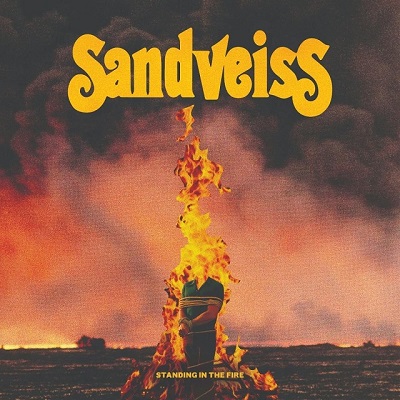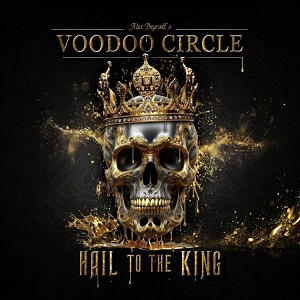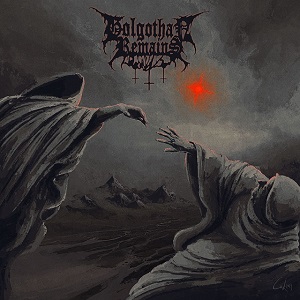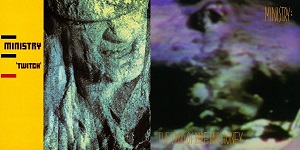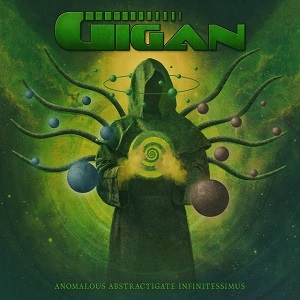PAT TRAVERS BAND – “I Don’t Think You Could Write A Song Like ‘Snortin’ Whiskey’ With That Lyric Today”
July 28, 2013, 11 years ago
By Martin Popoff
Best part of a PAT TRAVERS gig, now, after close to 40 years of puttin’ it straight is hearing him wisecrack about the vagaries of his own career, which, well, he’s one of the few guys self-deprecating enough to do it from the stage, which happened with an adoring and large crowd recently at Toronto’s favourite classic rock venue The Rockpile, soon to be joined by Rockpile East.
The occasion was a rip-roarin’ tour promoting new album, Can Do, for Frontiers Records, both record and live lineup including Sandy Gennaro on as drummer, percussion master of choice for Pat classics Radioactive from ‘81 and Black Pearl from ‘82.
Asked for a contrast of the new record with the shockingly amazing Fidelis from 2010—possibly the greatest Pat Travers record of all time, or since Black Pearl or whatever yer fave is... Heat In The Street—Pat says, “Well, Fidelis should’ve been, or was going to be, for me, an opportunity to have the time and be in the studio and work on a really, really great album. Steve Thompson was my co-producer and Steve Chahley was the engineer, so great guys and everything, but the way things turned out in the end, the album wasn’t released until a year and a half after we did it. And when it was, there was no distribution, there was no promotion and there was no nothing. And so it was pretty much over before it even started.”

“Although I, to tell you the truth, didn’t really have that uppermost in my mind, I just did my normal thing. I wrote the music and I wrote the lyrics and went in and recorded it. But I did have a lot of time. They weren’t pressuring me to have anything done at any specific time, so it took about eight months to do that whole project. But I was touring as well. So it was a tough year, last year. By the end of the year I was out of it. I weighed about 154 pounds, couldn’t sleep, but I got it done, and then I had this like four months waiting period, four of five month waiting period (laughs), before I get any kind of response on it.”
“I knew it was good, and I know it’s good, and I like a lot of the songs a lot,” continues Pat, who probably would tell you it sucks if he thought so! “I mean, I’ll still listen to them. Which, you know, after working on it for so long, anything you listen to a thousand times, you expect it to lose its lustre. But I haven’t found that with a lot of the songs on this album. There are still a couple—well, more than a couple—five or six that I can listen to and really enjoy what’s going on there in the recording and the writing and the production and the guitar-playing.”
“So I’m excited about that, but I’m also realistic that if this album had come out in 1981 or something, it would’ve been huge. You know, just because of the difference in the situation with the way people purchase music. So now I guess we’ve got to try to depend on a whole bunch of downloads and stuff. Because you’re never going to sell millions of CDs. It’s just not going to happen. Nobody does. Black Sabbath hit #1 for the first time in their career, and they sold less than 300,000 CDs. Now I don’t know what they did in downloads, but that’s kind of… You just can’t expect to sell that many CDs. I know we sell them at the shows and stuff. Especially in Europe. People come to the show specifically because they can’t get the CD anywhere else. They don’t have record stores, and if they do, they wouldn’t carry them anyway.”
Past the stirring melodic metal title track, a classic that hits at track one and then you never forget it, much of the rest of the record is fuzzed-up, electric and surprisingly bluesy.
“Can Do? Well, I’ve got so much blues in me, that’s going to come out,” says Pat, who frankly wasn’t buying my take on it, first brought up before tape was rolling and Pat was pouring me a glass of red wine—nice way to start the evening. “But you know, I did a real big blues album last year, where all the songs were from the 1920s. And that I was doing almost in parallel with the new material I was writing, so I mean, I kind of finished the blue stuff first...”
Do you think that experience affected this album?
“I’m sure it did, but what happened was, because the songwriting was different in the ‘20s, and also, you know, for the last 50 years, we’ve had boom boom boom boom, this pedestrian mechanical pulse that runs through all music, the music that I found that was recorded in the ‘20s, everybody followed the vocalist. There wasn’t this… There was no drums until, you know, they didn’t have that 4/4 going. So songwriting was a little different. They would change, go to the next chord, but not on, you know, eight bars—they would do nine bars. So they would do an extra bar or half a bar, and then change. Or, you know, like, normally, most typically with the music we listen to, there’s a verse line, then the chord change, then a second change, then a chord change, then a complementary verse line and then a pre-chorus and a chorus. That’s the way most things work. The old songs weren’t like that at all. They would sometimes sing the same line three times in a verse, and then there’s no chorus! Or there would be three lines and then the chorus. So it was interesting for me to get into that when we were dealing with a song.”“So yeah, I think it probably had something to do with the way I ended up writing everything, because I had a kind of… I was knocked off my base a little bit by this other material. But yeah, I think it’s a pretty hard rocking album, for the most part. Songs like ‘Can Do’, which we do live, that was great. But ‘Diamond Girl’ is my favourite, but it’s kind of a poppy song. But that’s okay, I like it. I wouldn’t be upset if… And once again, in the olden days, that probably would be a big radio song. There would be no problem plugging it on radio, but we don’t have that situation anymore, so I don’t really know how that’s going to work. We’ll see.”
And Sandy Gennaro? He figures the new music is timeless, although he’s not talking 1920s timeless...
“As far as the new material goes, it’s Travers stuff,” figures Gennaro. “I mean, Pat doesn’t... look, he doesn’t subscribe to any kind of timetable or what’s in vogue now musically, or write in this style. There’s nothing contrived about it, and I mean contrived in a positive sense where you try to manufacture a certain sound to fit a certain environment for a certain time, or certain listening habits popular nowadays or whatever. He just writes what he writes. He just writes what he feels, and that’s what makes it... you know, this stuff could’ve been written in the ‘80s, and a song like ‘I La La Love You’, that could’ve been on the new album. So a song like ‘Snortin’ Whiskey’, I don’t think you could write a song with that lyric today, but musically—or ‘Crash And Burn’, any of his old songs—they could be on the new album and these songs could be on an old album of his. It doesn’t matter. That’s my take on it.”“On the new album, I would have to say ‘Can Do’ is my favourite as far as drumming goes,” continues Sandy. “It’s a really interesting kind of feel from the drumming standpoint. It’s very, very easy to dig into that kind of groove.”
“I think he was a little disheartened with Fidelis,” adds bassist, accountant and road manager Rodney O’Quinn, “because there was no money to promote it and stuff, and he kind of got a ‘why bother,’ in the meantime, trying to get them to focus, focus. But with Can Do, I get the feeling that—and Pat kinda said this—that Frontiers asked for a certain kind of album, and you know, Can Do has a little bit of a wide collection here and there. ‘Can Do’ really rocks, and is aggressive and kinda reminds you of the older stuff, but then you know, the song ‘Diamond Girl’, it’s really got a kind of poppy edge to it. That’s what I keep telling him. We’ve got to find a way to bring in more of the female market. Because if you get the females involved, the guys will follow. We’re like hounds (laughs). When you get women coming to your shows, the guys definitely follow. It’s not as crazy as it was during the ‘80s, early ‘90s, but that philosophy is still there.”
As for the cover of the EURYTHMICS’ ‘Here Comes The Rain’, “I was driving the car one day and it came on the radio,” explains Travers, “and I thought wow, that’s in my key; I can sing that. So this friend of mine loaned me a really nice Taylor classical guitar with nylon strings, and one day I was in the studio and I just churned out the rhythm track and sang it, put a bass track on it and moved on. About a month later I was looking for a CD, and threw that in. It wasn’t even marked on there, but it came up and I forgot about it, and I thought oh yeah, I’ll get my wife to come in and sing with me on that. So Monica came in and sang, and Sean, originally it wasn’t gonna have any heavy drums on it--we were just going to have percussion. Sean Shannon played some bongos and some other stuff, and then he put that really sparse drum beat on there, with the snare shots going every other beat, every other bar, and I thought that just rocks, so it turned out good.”
“We’re just going to be playing as much as we can,” says Pat in closing. “We’re just finishing four shows up here in Ontario and Montreal, and then we go to Chicago, and then we have a few more dates here and there, and then I’m going to be doing this thing with Edgar Winter and Rick Derringer for about five weeks, at the end of July, August. September, I know we’ve got something coming up. October we go to UK, November we go to Europe, December, I’m not sure. We just want to do as many shows as I can, talk to as many people as I can about the new album, and see if we can’t achieve some kind of success beyond artistic—you know, commercial success (laughs).”
